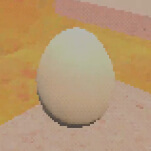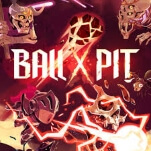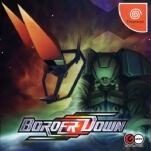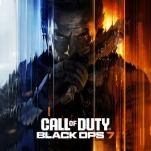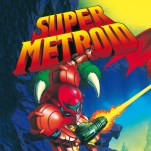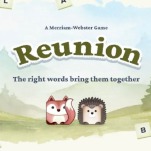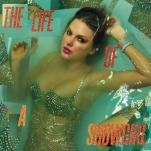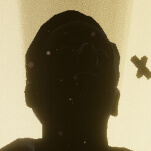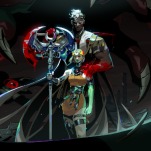At 10, Threes Remains a Delightful, and Sometimes Necessary, Distraction
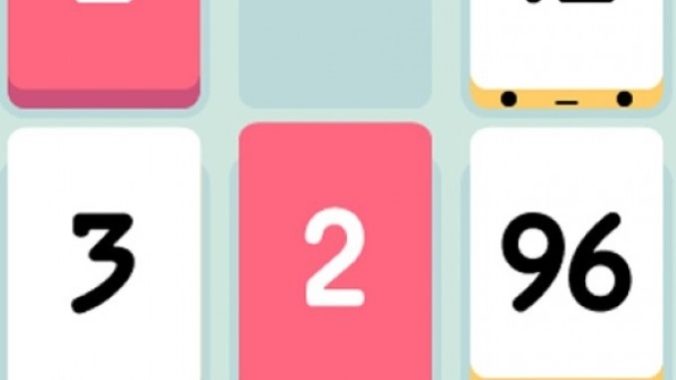
I was unbelievably focused during high school. During my senior year alone, I took three AP and two IB courses, student directed a production of Macbeth, starred in Into the Woods, and performed in an a capella group all while maintaining a social life and applying to colleges. My productivity peaked, which meant there was only one conceivable way it could go after graduation: down. College started that fall and my attention exploded. For the first time in my life, I forgot to do homework, misremembered quiz dates, and had to force myself to stay not only awake but focused even in the lectures I most anticipated. The only time the bits and pieces of my attention coalesced was when I multitasked. Lectures confined me behind my laptop where I’d surf Wikipedia, play the short lived MacOS slide puzzle widget and, eventually, found my way to mundane browser games. A standard film lecture looked something like this: a Leonard Nimoy–looking professor rambling about [insert country]’s new wave cinema while my laptop was tabbed to an empty Google Doc and three different Wikipedia articles, all of which I ignored to once again try to do well at Threes.
Threes, which turned 10 last week, is an extremely simple puzzle game. Push equal numbered tiles together to create multiples of three—ones and twos add together to make threes, threes to make sixes, sixes to make twelves, and so on and so forth until the end of mathematics or, more likely, until the four by four grid fills with disparate pieces and no more moves can be made. If that sounds familiar it’s likely because the game’s most famous clone, 2048, had a chokehold on middle and high school students everywhere in 2014.
Threes is simple to learn and hard to master; it took two dedicated players three years of intense practice to “beat” the game by obtaining the god-like 12,288 tile. Some players work through the missions or compete on the leaderboard, but I never tried to get a high score or even plan out what direction to swipe based on the upcoming tile. I just swipe and swipe and swipe, head empty, pushing around the little block guys. By playing this way, the game engages my brain just enough to slow it down and help it focus so I could slurp up knowledge. It’s like a digital fidget spinner with more numbers.
I began to play Threes almost daily. Don’t tell my parents, but I passed multiple college courses by mindlessly clicking arrow keys while listening to the professor speak about the cinema of attractions or the difference between liabilities and assets. (Yes, I was a business minor, thank you very much. [And yes, I do regret it, thank you very much.])
-

-

-

-

-

-

-

-

-

-

-

-

-

-

-

-

-

-

-

-

-

-

-

-

-

-

-

-

-

-

-

-

-

-

-

-

-

-

-

-




